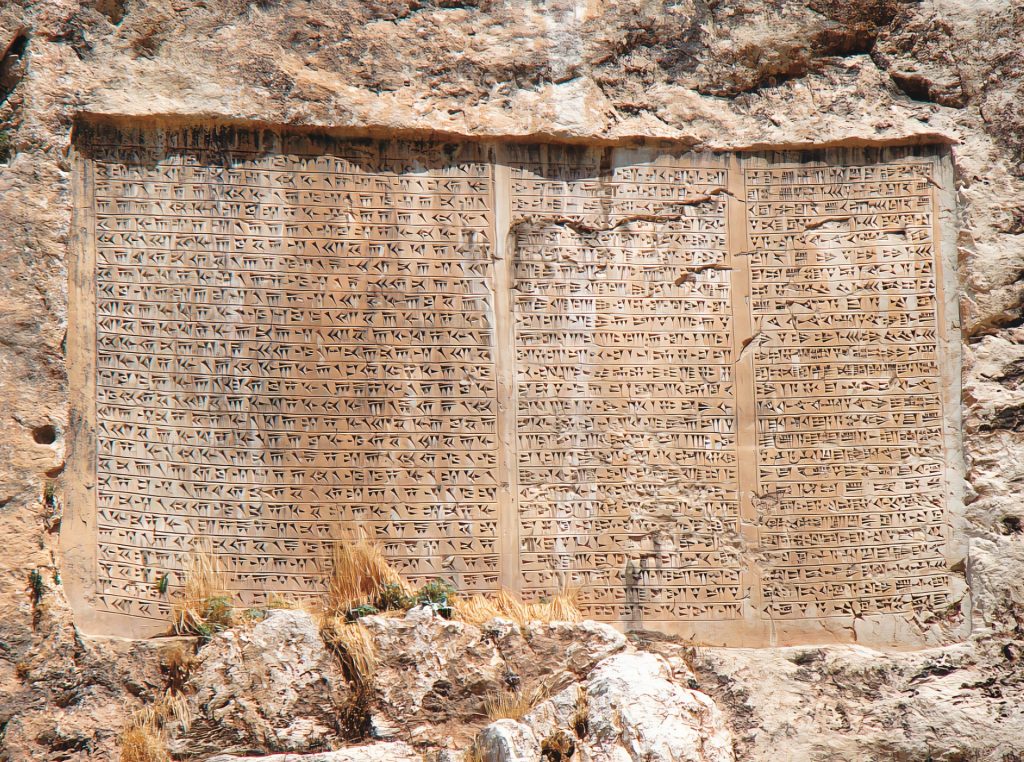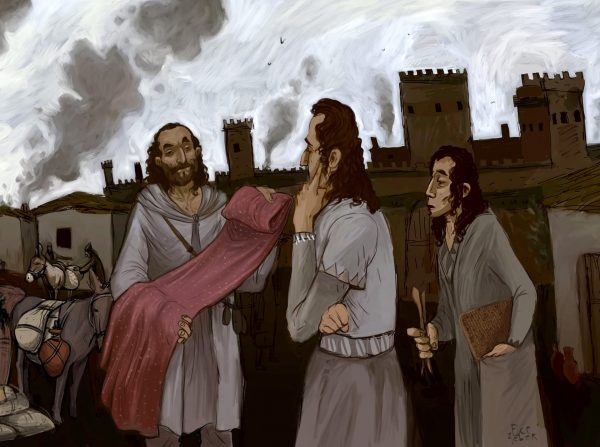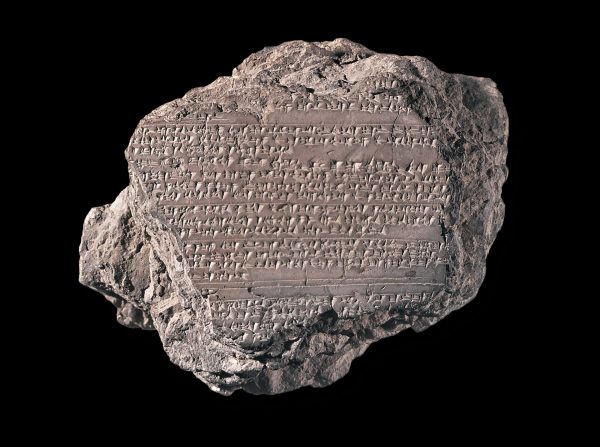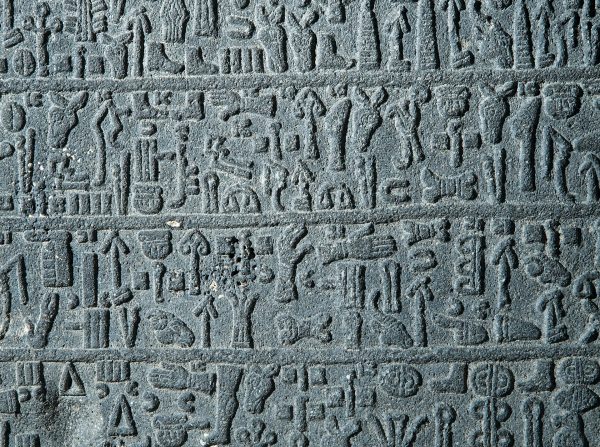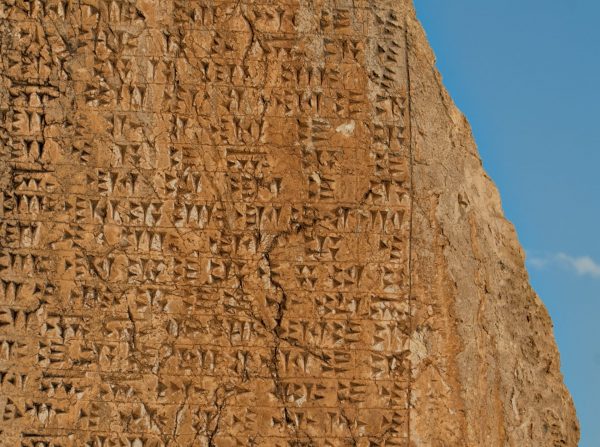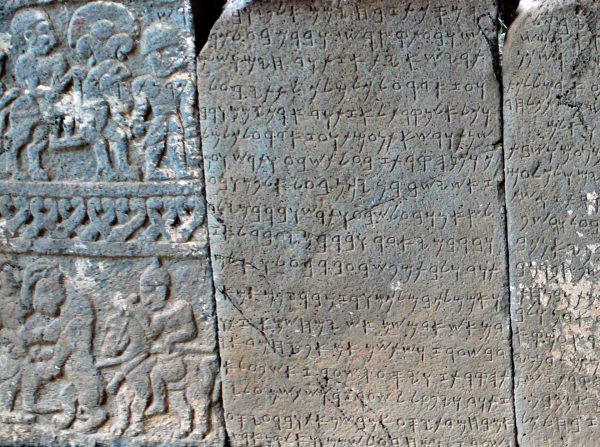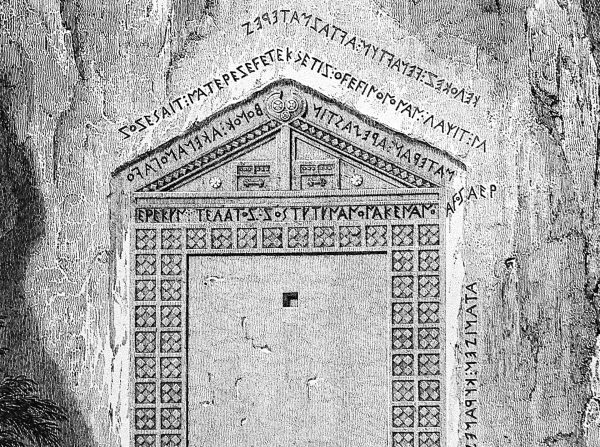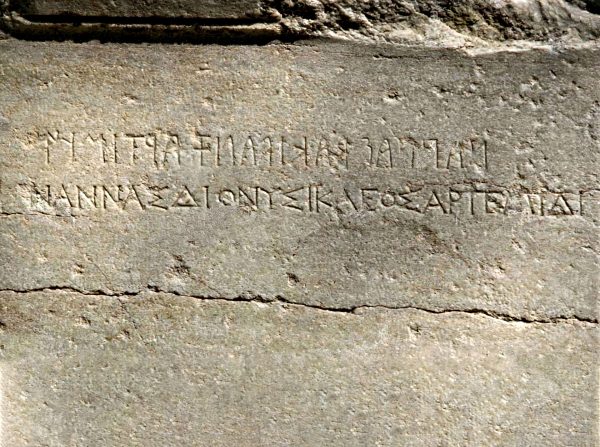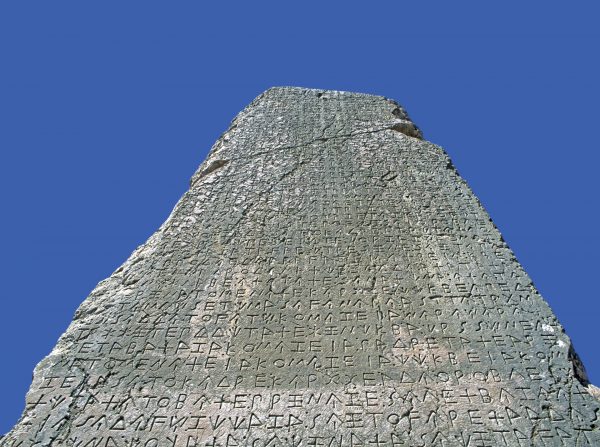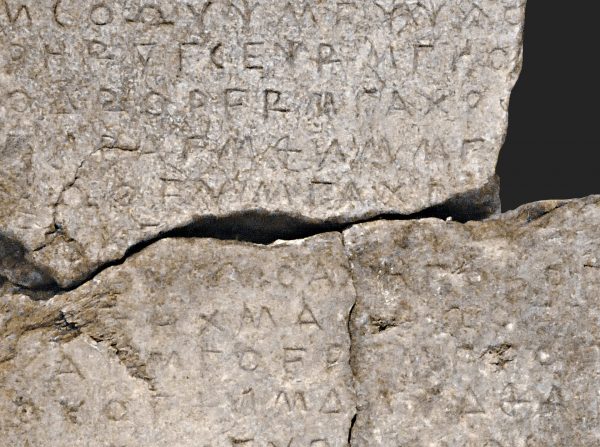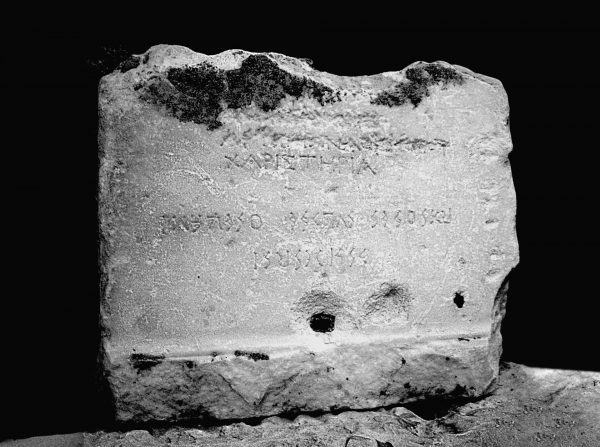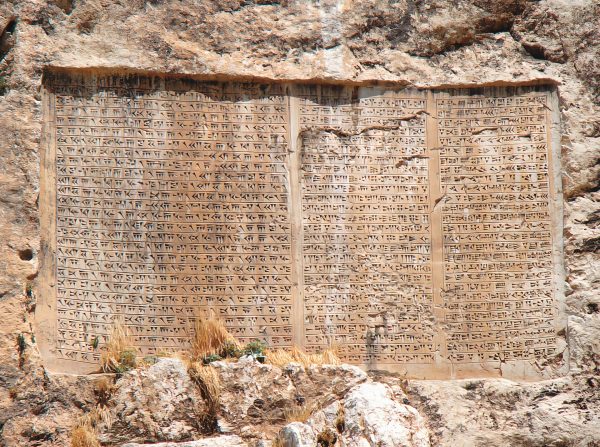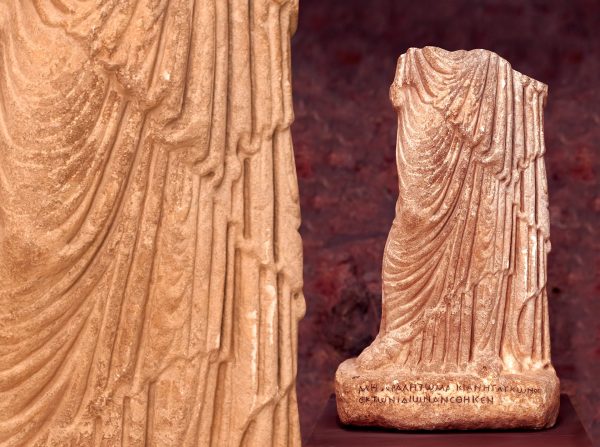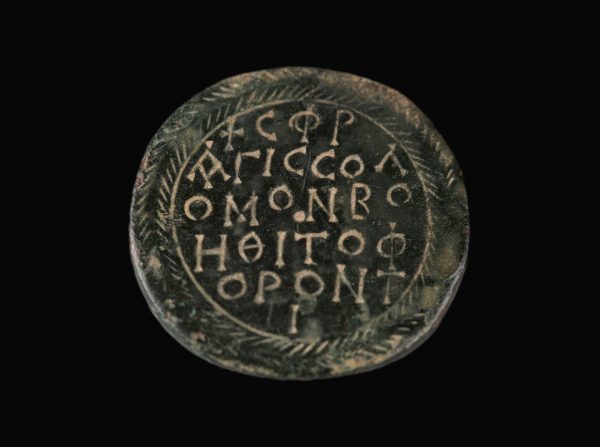With Iran as the center of their kingdom, the Achaemenids spoke Persian, a member of the Indo-European language family. In 546 BC, the Achaemenids ended the rule of the Lydian State and dominated Anatolia until 333 BC. During this period, the royal language was Persian, whereas Aramaic became widespread as the language of the people.
Persian had a cuneiform script comprised of 44 syllables, 36 of which were phonetic and 8 of which were logograms. This Persian cuneiform was not only the first cuneiform in history, but it also facilitated the decipherment of earlier scripts. The oldest Persian inscription is the Behistun Inscription written in Old Persian, Elamite, and Babylonian on the tomb of Darius I (549–485 BC).



